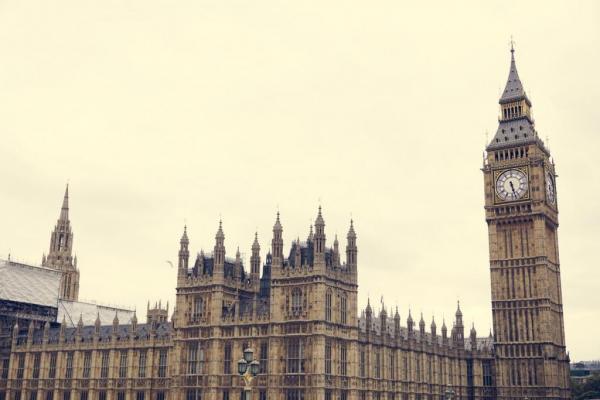By Lyndsey Hall

Did the Autumn Statement 2013 meet your expectations? The majority of the Chancellor’s announcements had been leaked prior to the statement, so there weren’t many surprises, but there were a few pleasant confirmations for businesses and individuals alike.
Here is our summary of the Autumn Statement 2013:
- Business Rates
Osborne capped the increase in business rates at 2% in England and Wales from April 2014, and some retail premises in England will receive a discount on this. The rate was due to increase 3.2% in April 2014, having increased nearly 23% in just five years, and overtaken rent as the biggest outgoing faced by retail businesses. Capping the rate will cost the Treasury £300m next year. In addition, businesses that move into previously vacant properties will have their rate cut by 50%. Also from April, a new scheme providing tax relief for investment in social enterprises and new social impact bonds will be introduced.
- Benefits & Pensions
The state pension age will be increased to 68 in the mid 2030s, and then again to 69 in the late 2040s. However, the state pension will rise by £2.95 per week in April 2014.
There will also be a cap on welfare spending in general, and anyone aged between 18 and 21 who is claiming benefits and doesn’t have basic English or Maths qualifications will be required to undertake training in these subjects or face losing their benefits. In addition, anyone who is unemployed for more than 6 months will be expected to start a traineeship, work experience, or do a community work placement or they will also face losing their benefits.
- Taxes and Allowances
The personal income tax allowance will be increased to £10k from April 2014, and from 2015-16 it will increase by the Consumer Prices Index (CPI) measure of inflation.
Capital gains tax will apply to profits made by non-UK residents on property in Britain from April 2015.
Employer National Insurance contributions will be scrapped for workers under the age of 21. Stamp duty on shares purchased in exchange traded funds is also to be abolished, and married couples and civil partners will receive a tax break from April 2015, estimated to cost the Treasury £700m per year.
Fuel duty will not rise by 2p per litre, as previously suggested.
- Housing
The Housing Revenue Account borrowing limit is set to increase by £300m, and £1bn in loans will be given to boost housing developments in Manchester and Leeds, amongst other areas.
Councils will also be asked to sell off the most expensive social housing and rundown urban housing in order for them to be regenerated.
- Economic Growth
Growth is forecast for this year to increase from 0.6% to 1.4%, and for next year to rise from 1.8% to 2.4%. Growth is also forecast for the following four years of 2.2%, 2.6%, 2.7% and 2.7%.
GDP declined by 7.2% in 2008-09, rather than 6.3% as previously thought, which amounts to £112bn, according to the Office for National Statistics’ revised figures.
The export finance capacity available to support British business will be doubled to £50bn, and boosts in the start-up loans scheme will aim to help 50k more people start their own business.
- Government Borrowing
Deficit projected to be down to 6.8% this year, and 5.6% next year. Borrowing of £111bn this year, due to fall to £96bn in 2014-15, £79bn in 2015-16, £51bn the year after, and £23bn the year after that. The Office for Budget Responsibility (OBR) predicts a small surplus by 2018-19.
Public debt for this year is due to come to 75.5% of GDP, £18bn lower than forecast in March. This will rise to 78.3% next year, and peak at 80% the year after.
By 2017-18, debt is expected to be over £80bn lower than forecast in March.
- Jobs
The number of unemployment benefits claimants is down by 200k, with forecasts for unemployment to decrease from 7.6% this year to 7% in 2015. The total number of jobs is predicted to rise by 400k this year, with 3.1m jobs to be created by 2019.
- Education
An extra 30k University student places are predicted for 2014-15, with the cap on student numbers being abolished the following year.
There will be increased funding for science, technology and engineering courses. An additional 20k apprenticeships will be funded over the next 2 years.
All children in Reception, Year 1and Year 2 in state schools in England will receive free school lunches from September 2014, costing and estimated £600m a year.
Other measures mentioned in today’s Autumn Statement involved tax allowances to encourage investment in shale gas, cutting tax on profits by 50%, and an increase in the overseas aid budget.
What are your thoughts on today’s statement? How will the measures affect you and your business? We’d love to hear from you in the Comments.
Related articles:


